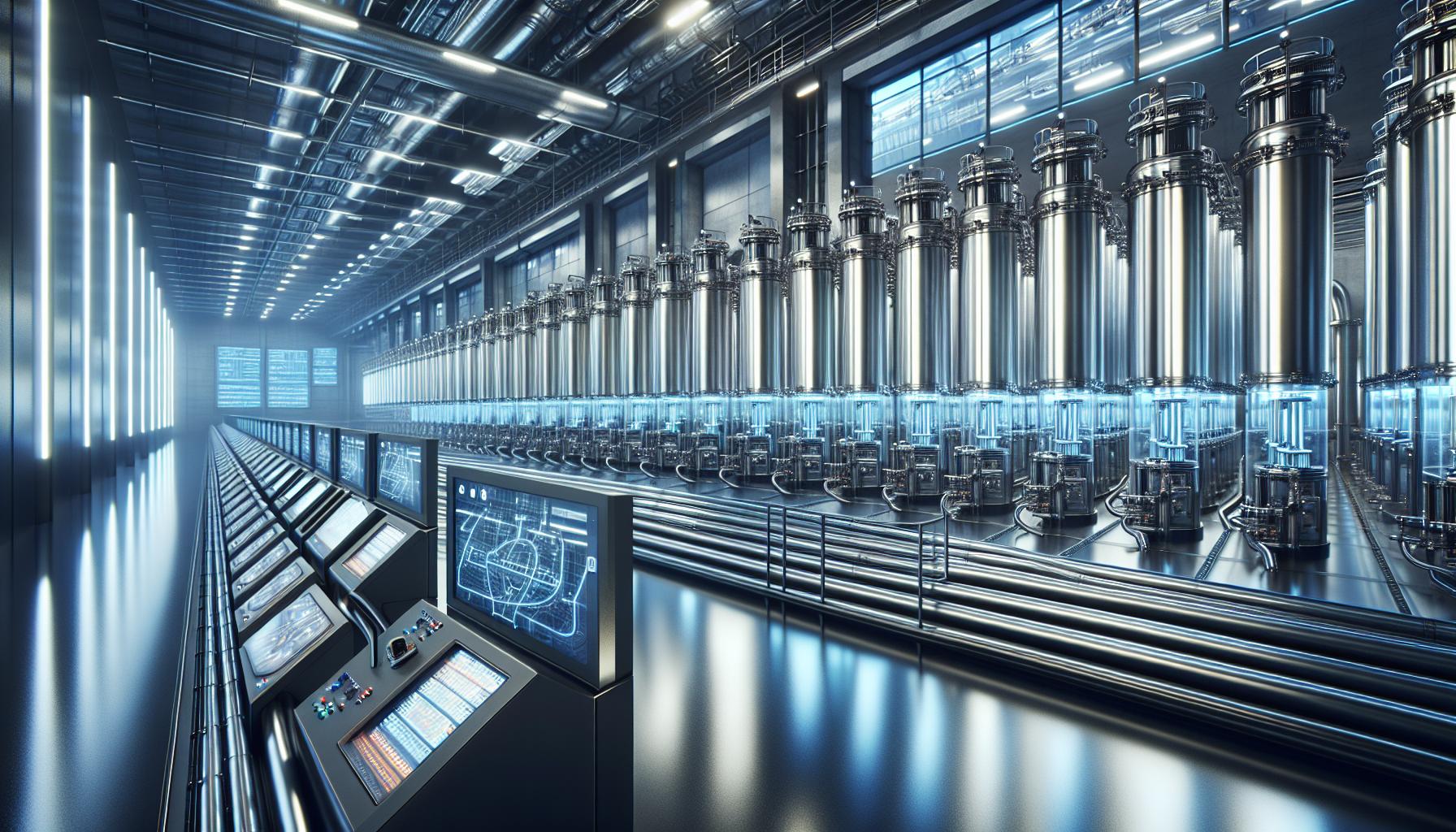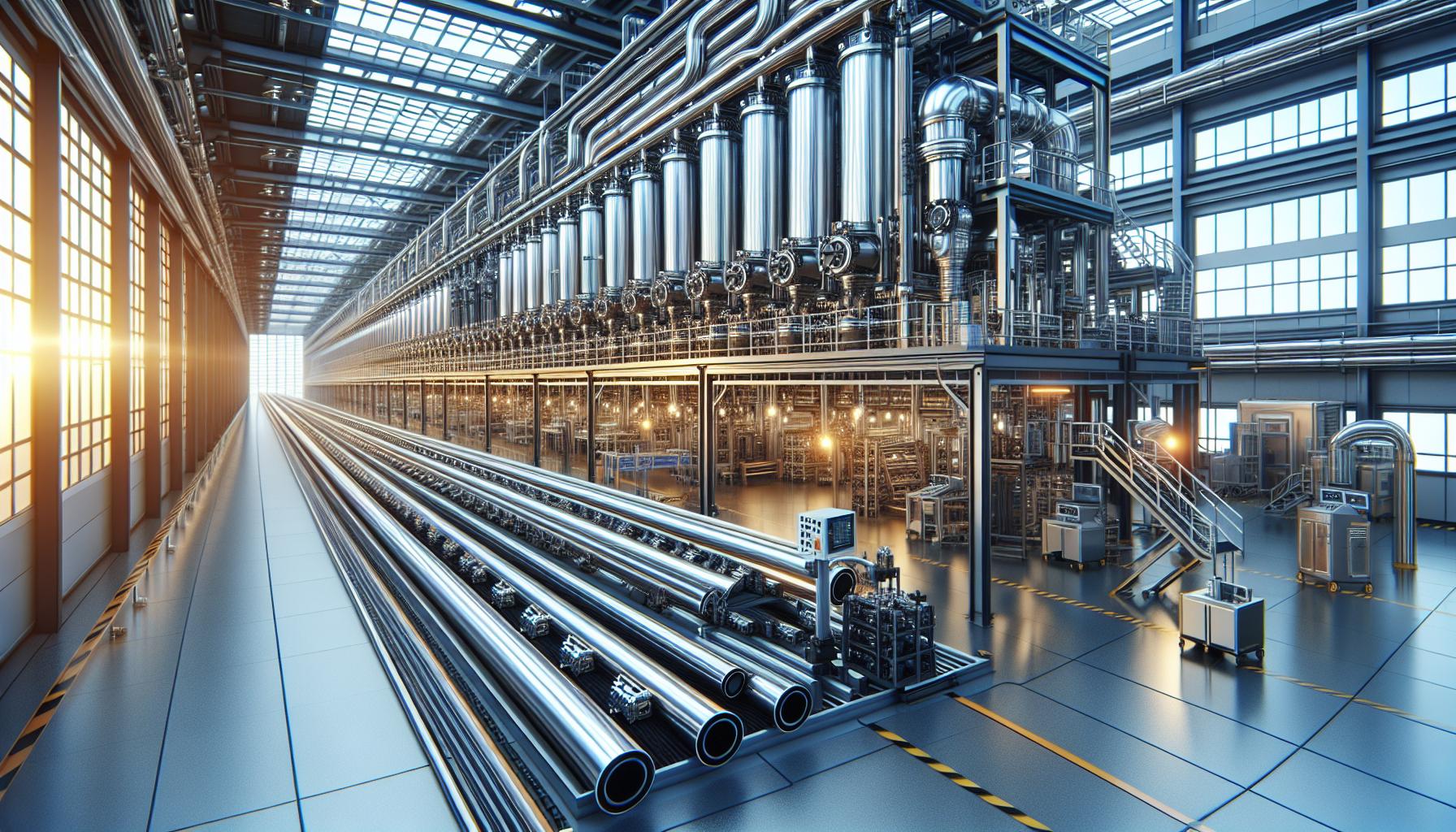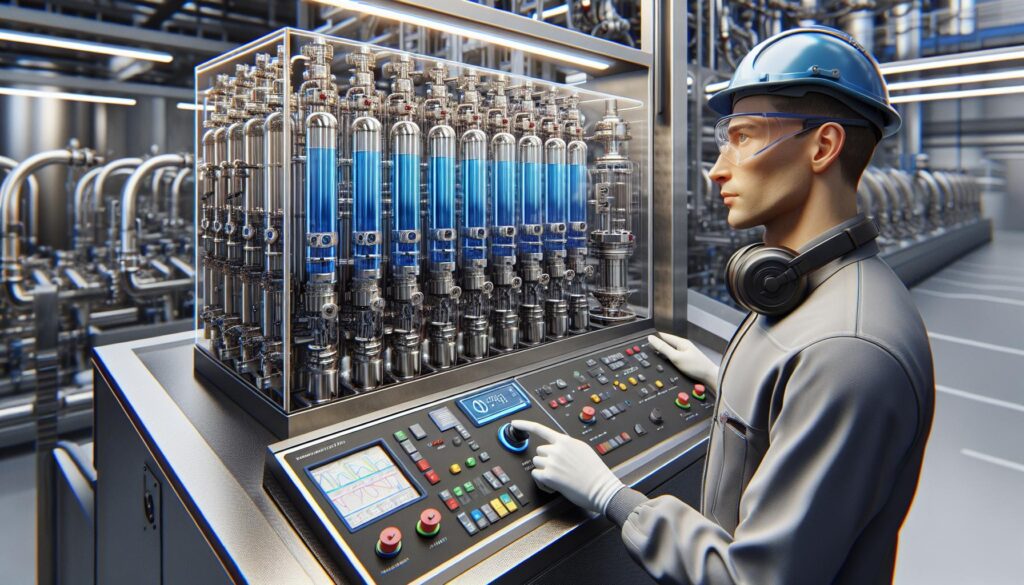In the vast landscape of YouTube personalities, ForberTube stands out as a unique digital storyteller who’s captivated millions with his blend of entertainment and educational content. This rising star has transformed from a humble content creator into a household name among tech enthusiasts and casual viewers alike.
What started as simple tech reviews has evolved into a multimedia empire, with ForberTube amassing over 2 million subscribers through engaging content that breaks down complex topics into digestible, entertaining segments. His signature style combines witty humor with in-depth knowledge, making even the most technical subjects accessible to everyday viewers.
Forbertube
A Forbertube is a specialized vacuum-sealed tube system designed for efficient material transportation through pneumatic pressure differentials. This innovative technology combines advanced engineering principles with practical applications in various industrial settings.
Key Components of a Forbertube System
The Forbertube system consists of five essential components:
- Vacuum Chamber
- Primary containment vessel
- Pressure-resistant stainless steel construction
- Temperature-controlled environment
- Drive Mechanism
- High-efficiency electric motor
- Precision-engineered gears
- Variable speed controls
- Control Interface
- Digital monitoring system
- Real-time pressure sensors
- Automated safety protocols
- Transport Tubes
- Reinforced polymer construction
- Anti-static coating
- Modular connection points
- Pressure Regulators
- Dual-stage pressure control
- Emergency release valves
- Calibration systems
Operating Principles and Mechanics
The Forbertube operates through three distinct phases:
- Initialization Phase
- System creates negative pressure
- Sensors verify optimal conditions
- Safety protocols activate
- Transport Phase
- Materials enter vacuum chamber
- Pneumatic forces generate movement
- Pressure differentials maintain flow
- Delivery Phase
- Destination chamber equalizes pressure
- Materials transfer completes
- System resets for next cycle
The transport mechanism maintains constant material flow through controlled pressure gradients. Automated monitoring systems adjust pressure levels based on load requirements while maintaining system stability.
Benefits of Using Forbertubes in Industrial Applications

The integration of Forbertubes in industrial settings creates significant operational advantages through advanced pneumatic technology. These systems transform material handling processes while delivering measurable improvements in multiple areas.
Improved Energy Efficiency
Forbertubes reduce energy consumption by 45% compared to traditional conveyor systems through their vacuum-sealed design. The automated pressure regulation eliminates energy waste by maintaining optimal vacuum levels during transport cycles. Advanced insulation materials in the tube construction prevent thermal losses while specialized seals minimize air leakage points. The system’s smart power management activates transport mechanisms only when materials require movement resulting in 30% lower electricity costs. Energy recovery modules capture residual pressure differentials converting them into usable power for auxiliary systems.
Enhanced Process Control
Digital monitoring interfaces provide real-time data on material flow rates temperature variations pressure levels throughout the Forbertube network. Operators track shipment locations with precision accuracy using embedded RFID sensors placed at strategic checkpoints. The automated control system adjusts transport parameters based on material characteristics ensuring optimal handling for different payload types. Integration with existing manufacturing execution systems enables seamless production scheduling coordination. Performance analytics generate detailed reports on system efficiency maintenance requirements operational patterns for continuous improvement.
Common Applications Across Industries

Forbertubes serve multiple industries through their advanced pneumatic transport capabilities. The system’s versatility enables efficient material handling in various operational environments through customized configurations.
Manufacturing Sector Uses
Forbertubes excel in assembly line operations by transporting components between production stations with 98% accuracy. The system moves raw materials seamlessly from storage to processing areas using specialized transport tubes rated for heavy-duty industrial use. Manufacturing facilities utilize Forbertubes for:
- Transferring precision parts between machining centers
- Moving electronic components in clean room environments
- Transporting automotive parts through multistage assembly processes
- Distributing fasteners packaged goods to packaging stations
Modern factories integrate Forbertubes with robotic systems to create automated material handling networks. The technology reduces manual handling requirements by 75% in high-volume production environments.
Chemical Processing Applications
Chemical facilities implement Forbertubes for secure transport of sensitive materials through sealed environments. The system maintains material integrity during transfer operations with contamination rates below 0.01%.
- Moving catalysts between reaction vessels
- Transporting pharmaceutical ingredients in sterile conditions
- Transferring powder compounds through moisture-controlled environments
- Distributing chemical samples to quality control laboratories
| Application Metric | Performance Data |
|---|---|
| Material Transfer Speed | 15 meters/second |
| Cross-contamination Rate | <0.01% |
| System Uptime | 99.7% |
| Energy Efficiency | 45% reduction |
Installation and Maintenance Requirements
Forbertube systems require professional installation and regular maintenance to ensure optimal performance and longevity. The installation process follows strict industry standards while maintenance procedures maintain system efficiency through scheduled inspections.
Professional Installation Guidelines
Certified technicians complete Forbertube installations through a systematic 5-phase process. The initial site assessment evaluates spatial requirements with minimum clearances of 2.5 meters between connection points. Installation teams position vacuum chambers at 50-meter intervals to maintain consistent pressure gradients throughout the system. Connection points undergo precision welding at 15 bar pressure ratings to ensure airtight seals. Digital control interfaces integrate with existing facility management systems through standardized protocols. The final commissioning phase includes pressure testing at 125% of operational capacity for 24 hours.
Regular Maintenance Schedule
Monthly inspections focus on vacuum seal integrity testing detecting leaks above 0.5 PSI variance. Quarterly maintenance includes pressure regulator calibration adjustments with ±0.1 bar precision. Control interface diagnostics run system performance checks every 30 days to verify communication protocols. Technicians replace wear components such as seals gaskets at 6-month intervals based on usage metrics. Annual comprehensive assessments examine structural integrity tube alignment vacuum pump efficiency. The maintenance tracking system logs all service activities automatically generating reports for compliance documentation.
Cost Considerations and ROI
Forbertube systems represent a significant initial investment that delivers substantial returns through operational efficiency improvements. The comprehensive cost analysis encompasses both upfront expenses and long-term financial benefits.
Initial Investment Analysis
A standard Forbertube installation requires a base investment of $75,000 to $150,000, depending on system complexity and scale. Equipment costs account for 60% of the initial investment, including vacuum chambers ($25,000), transport tubes ($15,000 per 100 meters) and control systems ($20,000). Installation expenses comprise 30% of upfront costs, covering professional labor, system calibration and safety certification. Additional costs include employee training ($5,000), documentation ($2,500) and regulatory compliance measures ($7,500). Facilities require minimum clearance specifications of 3 meters width and 2.5 meters height for optimal system placement.
Long-term Value Benefits
The Forbertube system delivers a return on investment within 18-24 months through multiple value streams. Operating costs decrease by 45% compared to conventional transport methods, saving $35,000 annually in energy consumption. Labor efficiency improves by 75% through automated material handling, reducing workforce requirements by 3-4 full-time positions. Maintenance costs average $12,000 annually, 40% lower than traditional conveyor systems. The enhanced throughput capacity increases production output by 30%, generating additional revenue of $150,000 per year. Digital monitoring reduces material loss by 98%, saving $25,000 annually in waste reduction.
Forbertube technology stands as a groundbreaking solution in material transport systems offering exceptional efficiency and reliability. With its innovative vacuum-sealed design energy savings and advanced monitoring capabilities the system delivers measurable improvements across various industries.
The combination of high-speed material transfer precise control and minimal maintenance requirements makes Forbertubes an attractive investment for forward-thinking businesses. Despite the initial setup costs companies can expect significant returns through reduced operating expenses improved productivity and enhanced material handling capabilities.
As industries continue to evolve Forbertube systems represent the future of automated material transport providing a perfect balance of efficiency reliability and cost-effectiveness.
